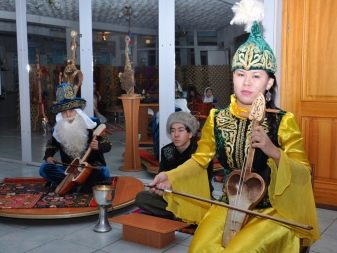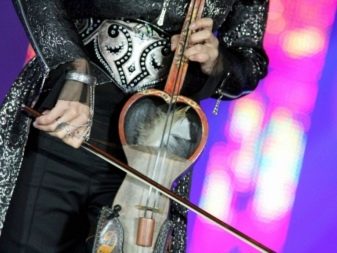All about kobyz
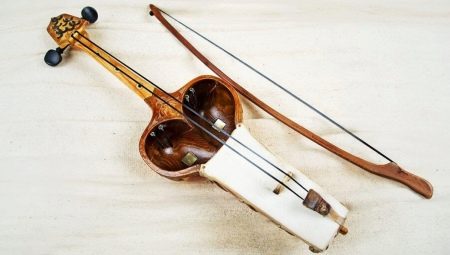
Kazakhs are very proud of kobyz. This instrument is quite complicated, and not everyone is able to play it. In ancient times, its sound was compared to the singing of birds or the gentle voice of a person. Then the instrument went through several stages of transformation, and today kobyz with an extended range is an integral part of the Kazakh national orchestra.
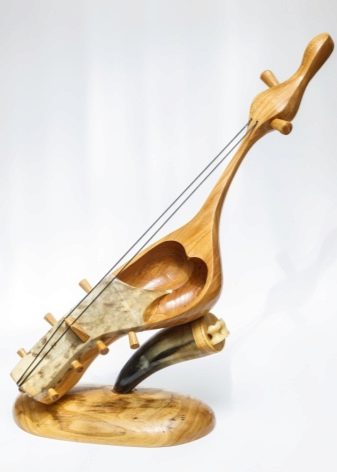
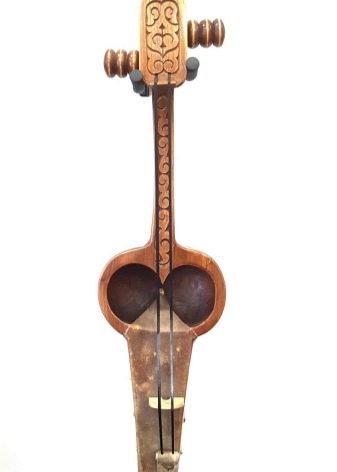
What it is?
According to a simple definition, kobyz is a national musical instrument. But scientists from European universities give it an extended explanation. Kobyz is an ancient string construction belonging to the group of bowed musical instruments. It is kobyz that is the true ancestor of musical instruments that require the use of a bow to produce sound.
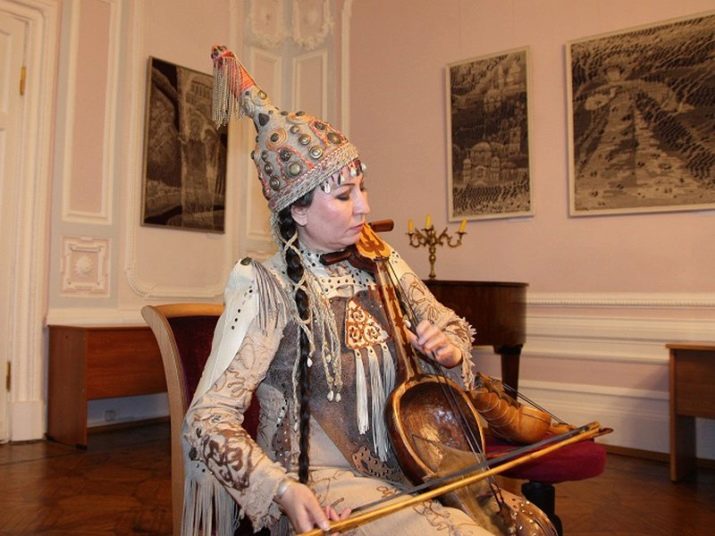
Kobyz is an integral part of the history of the Kazakh people. Kazakh historians equate this musical instrument with museum carriers of history. According to the legend that tells about the appearance of kobyz, this instrument originally belonged to the category of esotericism, since it was used for work by the bearers of the Tengrian religion. The Kazakh people called these shamans bucks. So, the carriers of the Tengrian religion, playing the kobyz, became intermediaries between ordinary people and gods. This fact, by the way, explains the presence of a small mirror and metal pendants in the structure. The presented attributes seemed to create a magical aura.
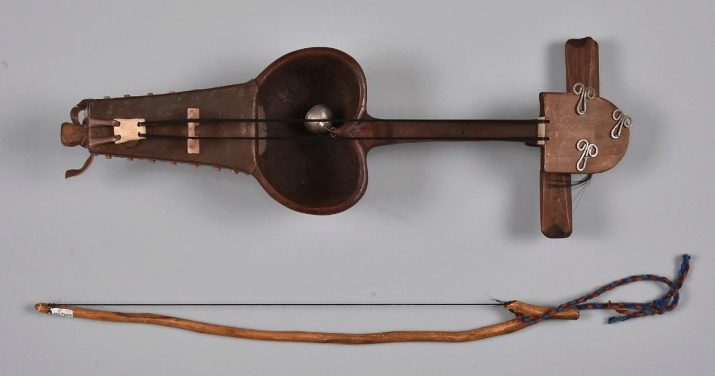
When making the first kobyz of antiquity, horse hair was used as strings. Hence the name of the instrument. Translated from the Kazakh language, "kyl" means "horse hair". The main part of the kobyz structure is made of a single piece of wood.It is no secret that wood was and is one of the valuable materials used to create musical instruments.
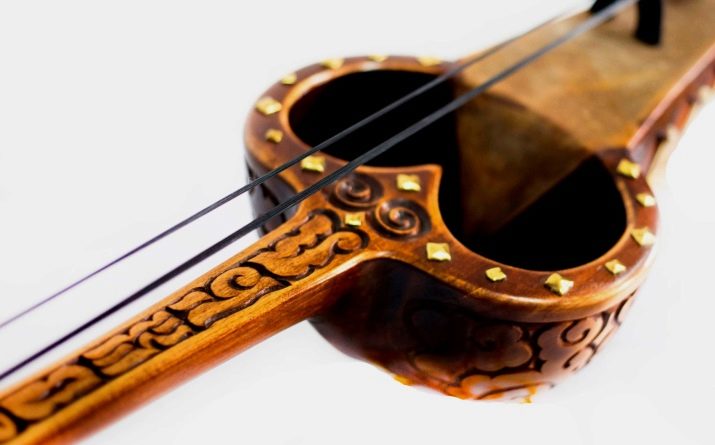
According to ancient beliefs, it is in a solid piece of wood that natural singing is stored, which will forever sound with the help of an instrument.
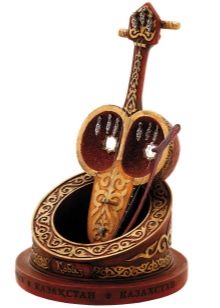
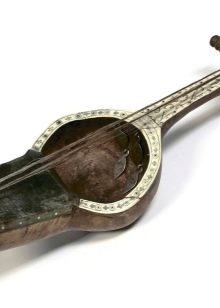
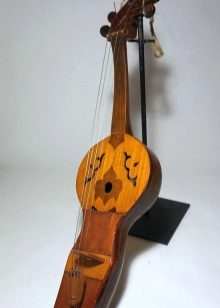
History of origin
In many Asian countries, the stories of the emergence of certain objects are enclosed in amazing legends. The kyl-kobyz instrument is no exception, and the legend begins with the legend of Korkut.
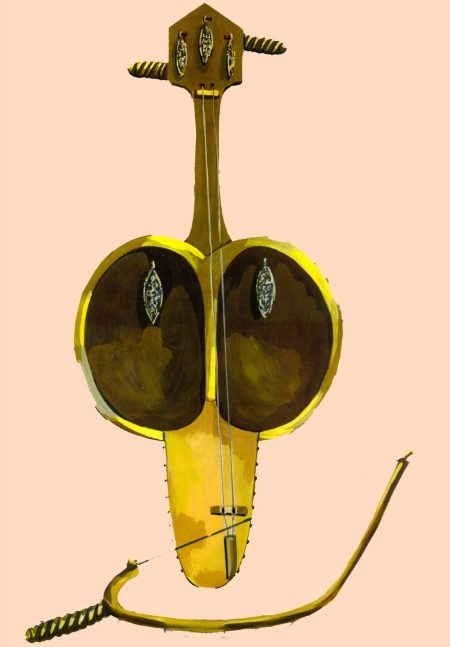
A long time ago, there lived a charming young man, his name was Korkut. On his 20-year-old birthday, he had an unusual dream. As it turned out later, the dream turned out to be prophetic. An old man in a white robe appeared before Korkut. He told Korkut that his life would not be long, that his death would overtake him at the age of 40. After such a dream, Korkut could not find peace for a long time, and one fine day he decided to go in search of immortality.
He equipped his faithful camel named Zhelmaya and went on the road to look for something that would not allow him to die. Korkut has visited all corners of the ancient world. But wherever he went, everywhere he met people digging graves. And to the question, who is the pit intended for, all as one answered “for Korkut”.
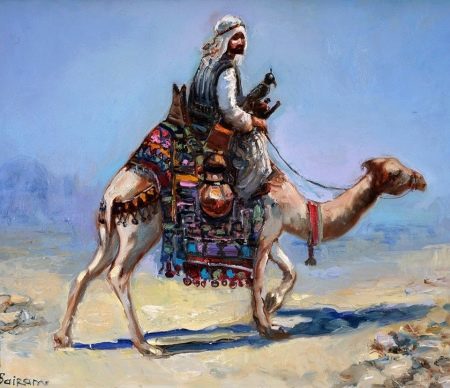
He traveled for a long time, but when he realized that immortality could not be found, he returned to his home, which stood on the banks of the Syr Darya River. Sadness and disappointment filled him. He did not know what to do now and what to do. And so, in order to get rid of oppressive thoughts, he decided to make something special. Korkut took the trunk of an old juniper and cut out the base for the kobyz from it. He covered the lower part of the future musical instrument with leather from the neck of a faithful camel. Korkut sacrificed the animal for a good cause. The remaining skin of a camel was spread by a self-taught master on the waters of the Syr Darya River.
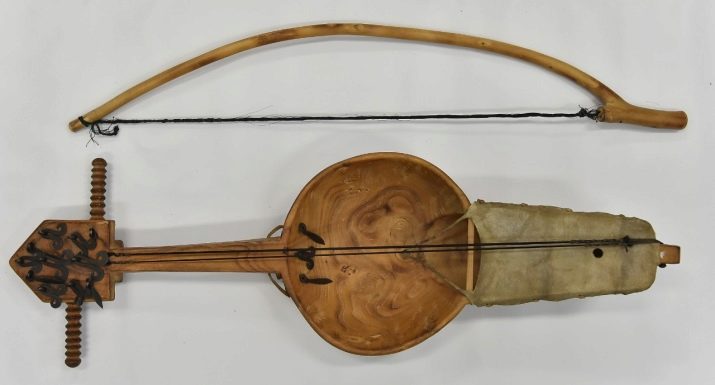
Day and night Korkut played the kobyz. His music attracted all living beings. Flocks of birds flew to the sounds of strings, animals came running in flocks and families. Creatures of nature tried to get to the source of music through sand and water.
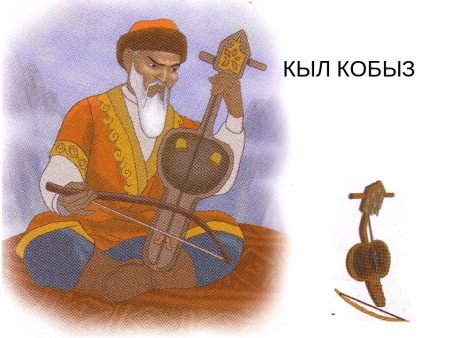
And then at one fine moment Death came to the melody of Korkut. It was important for her to take his soul, but she could not do at least something while the kobyz melody was playing. And what is most interesting, while the kobyz was playing, and its melody was spreading by the wind across the steppe, Death could not take a single living soul, and this did not suit her at all. She had been waiting in the wings for a long time and was already beginning to despair, when suddenly Korkut stopped playing and fell asleep. Death reacted instantly. She turned into a snake, crawled up to the musician and stung him. However, Death was unable to complete his work. Yes, Korkut's body is dead. The heart stopped, there was no breathing. But the soul was reincarnated as the Lord of the lower waters.
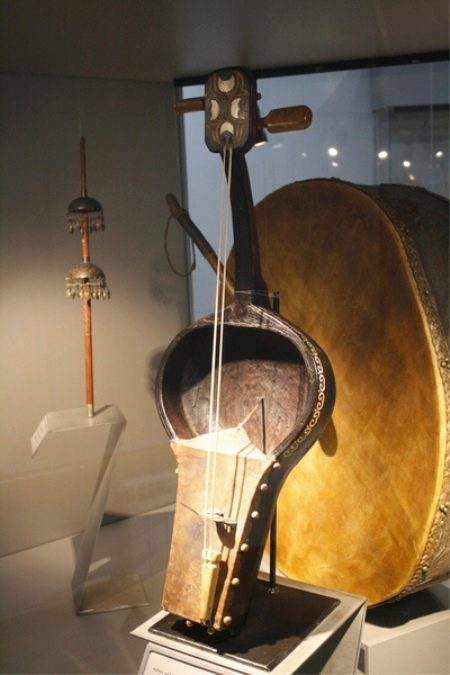
To this day, Korkut helps shamans to do good on earth, to help people. Kobyz, in turn, protects all living beings from Death. So a young man seeking immortality was able to find it, facing face to face with Death itself.
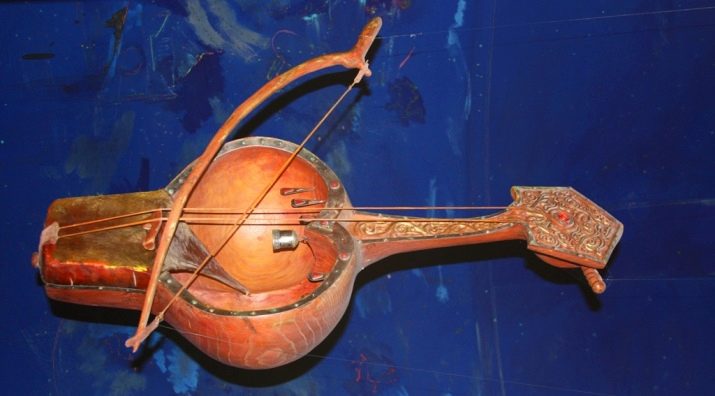
The legend is quite interesting and instructive. However, several important conclusions can be drawn from it regarding the history of the creation of the instrument. It was invented by a traveler who visited different parts of the world. He had never seen such a musical instrument anywhere. And when he returned to his homeland, he decided to try to make something unique. The homeland of kobyz, as is clear from the legend, is the coastal part of the lower reaches of the Syr Darya River. Unfortunately, the dates are not indicated in the legends. But even without them, it becomes clear that the matter was in distant antiquity.
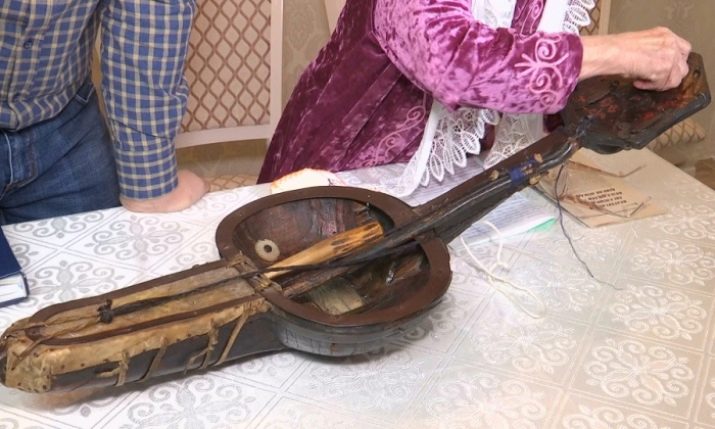
Shamans-bucks claimed that kobyz is a sacred musical instrument. They compared him to a great being descending to earth to bring grace.Like a brave horse, the kobyz melody carried its owner to the other world, where one could ask the spirits to change the weather, find a missing thing, heal loved ones and even tell about the future fate of a family or a whole clan.
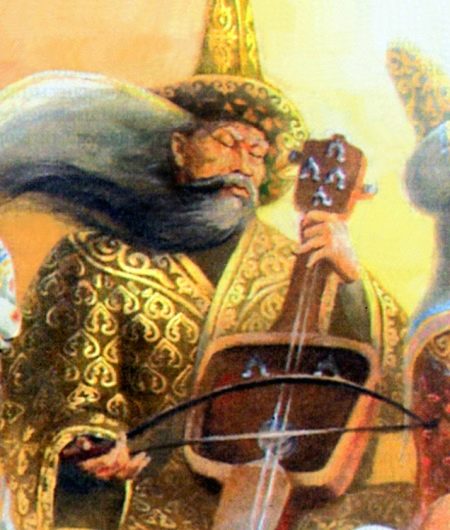
The fact that kobyz and shamanism had a close connection became an excellent reason for renouncing the musical instrument. They began to tell the children that kobyz contains evil and should not be touched. According to the Kazakh society, the civilized world cannot carry such dark remnants of the past. As a result, the Kazakhs entered the 20th century without a desire to compose kyuis for such a complex musical instrument. The clan tradition of passing on the skills of playing the kobyz to the descendants was cut short. The composed melodies disappeared without a trace.
The last who still performed kyui on kobyz was Ikhlas (Ykylas) Dukenov. He was born in the 50s of the XIX century. And despite the fact that he found the times of persecution of such a complex musical instrument, he still decided to perform his works on kobyz.
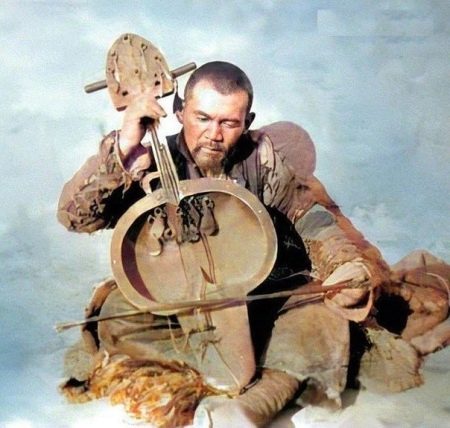
After the beginning of the 20th century, some Kazakhs made attempts to restore the significance of kobyz. They were confident that they could re-create the culture of years gone by. Unfortunately, not everyone managed to make their dreams come true. Zhalpas Kalambaev and Daulet Myktybaev, well-known Kazakh musicians at that time, were able to achieve this goal. They brought kobyz to the big stage, told people about this unique musical instrument from a completely different side. And the society again accepted the shamanic guide to the world of spirits, only about his esoteric connection was forgotten. And the musicians Zhalpas and Daulet organized a kyl-kobyz class at the Almaty Conservatory. They were also teachers.
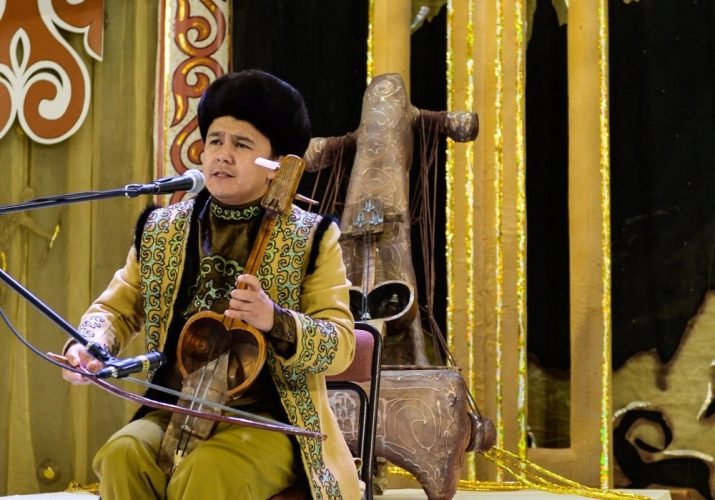
Sound features
The strings of a kobyz consist of hundreds of horsehair. They are able to create whole scales of overtones as soon as a bow touches them. The density, color and density of the sound reproduced by the instrument depends to a large extent on the work with the bow. At different pitch, the overtone sounds individually. It can be squeaky or juicy.
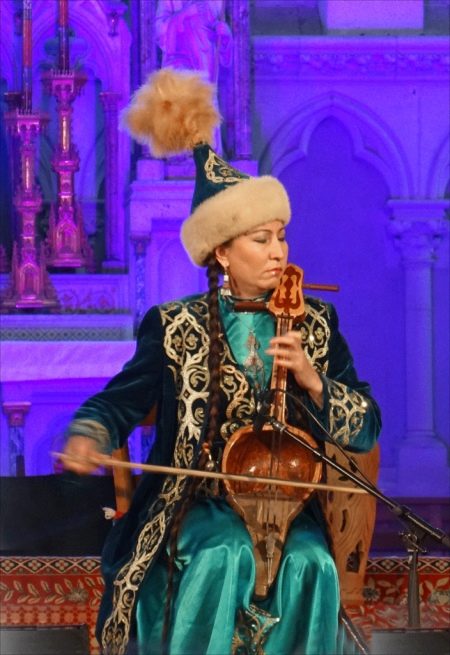
Kuyam performed by kobyz is characterized by imitation of the sounds of different animals. It can be the howl of a lone wolf, the cry of a swan, or the running of a horse. Some musicians are even able to reproduce the sound of an arrow being fired. In fact, kobyz is able to reproduce any sounds that occur in nature.
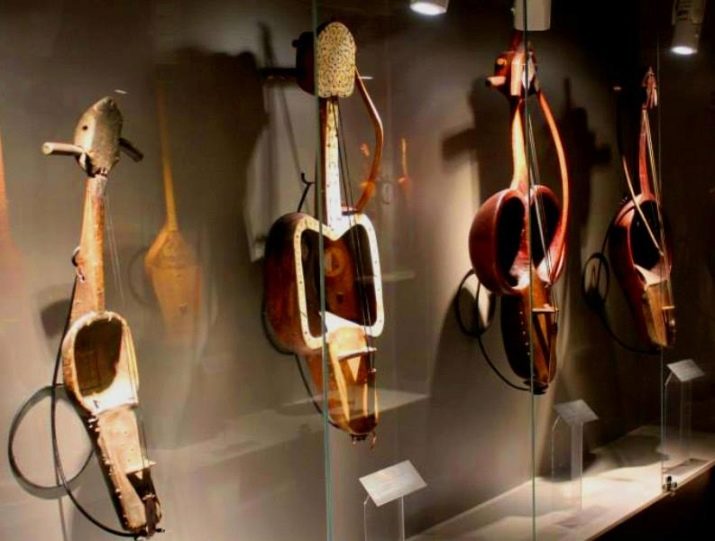
An unusual addition to a musical instrument has survived from the time of shamans to the present day. These are metal plates, turns, bells. They were attached to the body of the instrument, and when the shaman needed to create a special background, he simply shook the instrument so that all the metal inserts made a sound.
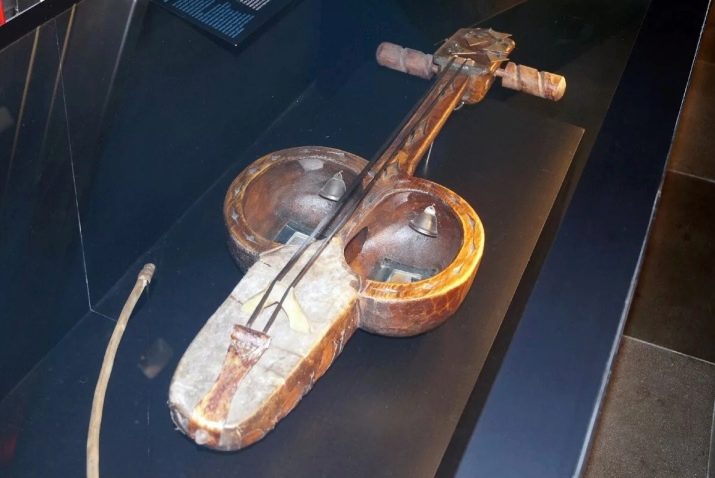
A bow-shaped bow was used to play the kobyz. Its movement through the horsehair contributed to the reproduction of clear sound. For the convenience of playing, the instrument is held vertically so that the legs are closed. When playing melodies, the musician does not press the strings against the neck of the instrument. It uses only light touches, so that the sound is expressive and clear.
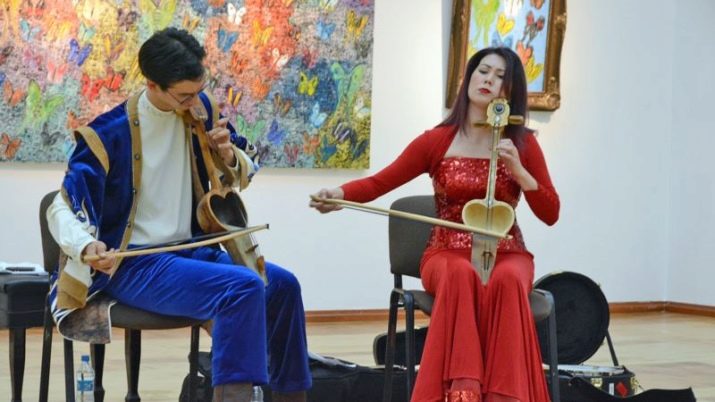
Application
In the distant past, the musical instrument kobyz was used only by shamans for performing magical rituals. They fixed a mirror inside the base of the kobyz, and stuck owls' feathers into the head of the neck. During the ritual in a dark yurt, the mirror gleamed with a reddish reflection from the tagan, which gave the instrument an aura of mysticism. And in such a situation, kobyz performed his own melody.
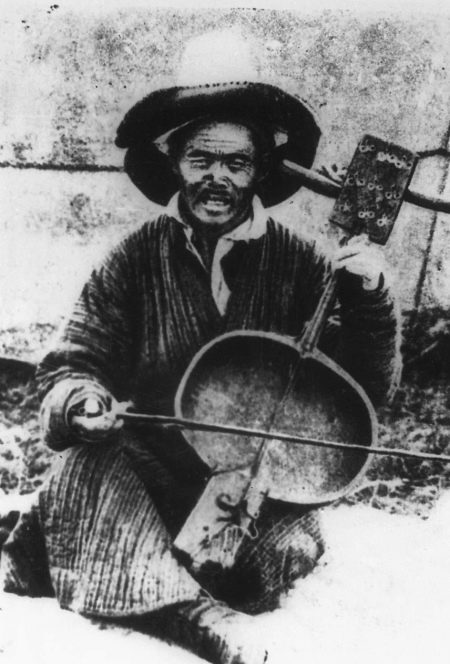
In principle, ordinary people already had their hearts on their heels, but this whole picture was complemented by the shaman's singing. He spoke out spells loudly, which made the feathers on the fretboard flutter. A similar action affected the psyche of Kazakhs, far from witchcraft. But, despite the fear caused by the ritual, they believed that this was all the tricks of higher powers.
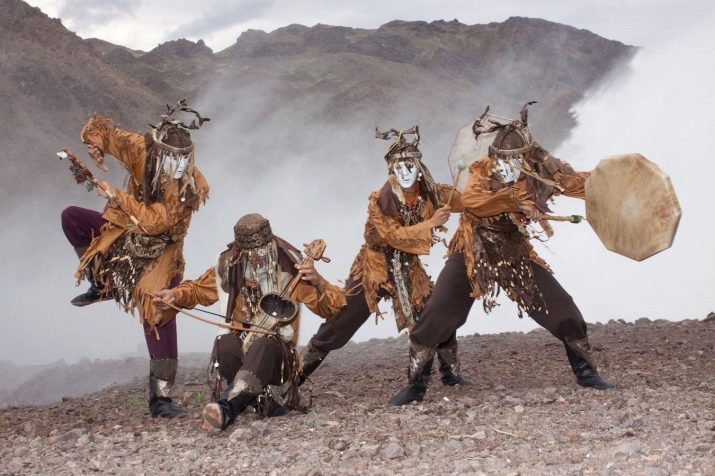
Then kobyz passed into the hands of the creative ministers of the khans - zhyrau.In simple words, these are singers singing the heroic deeds of their rulers.
When kobyz found a second life, it became an irreplaceable part of the orchestras. Well, modern performers choose this unusual instrument as the basis for their music. Sometimes there are even several solo parts for kobyz. However, most often this instrument can be found in a musical orchestra.
